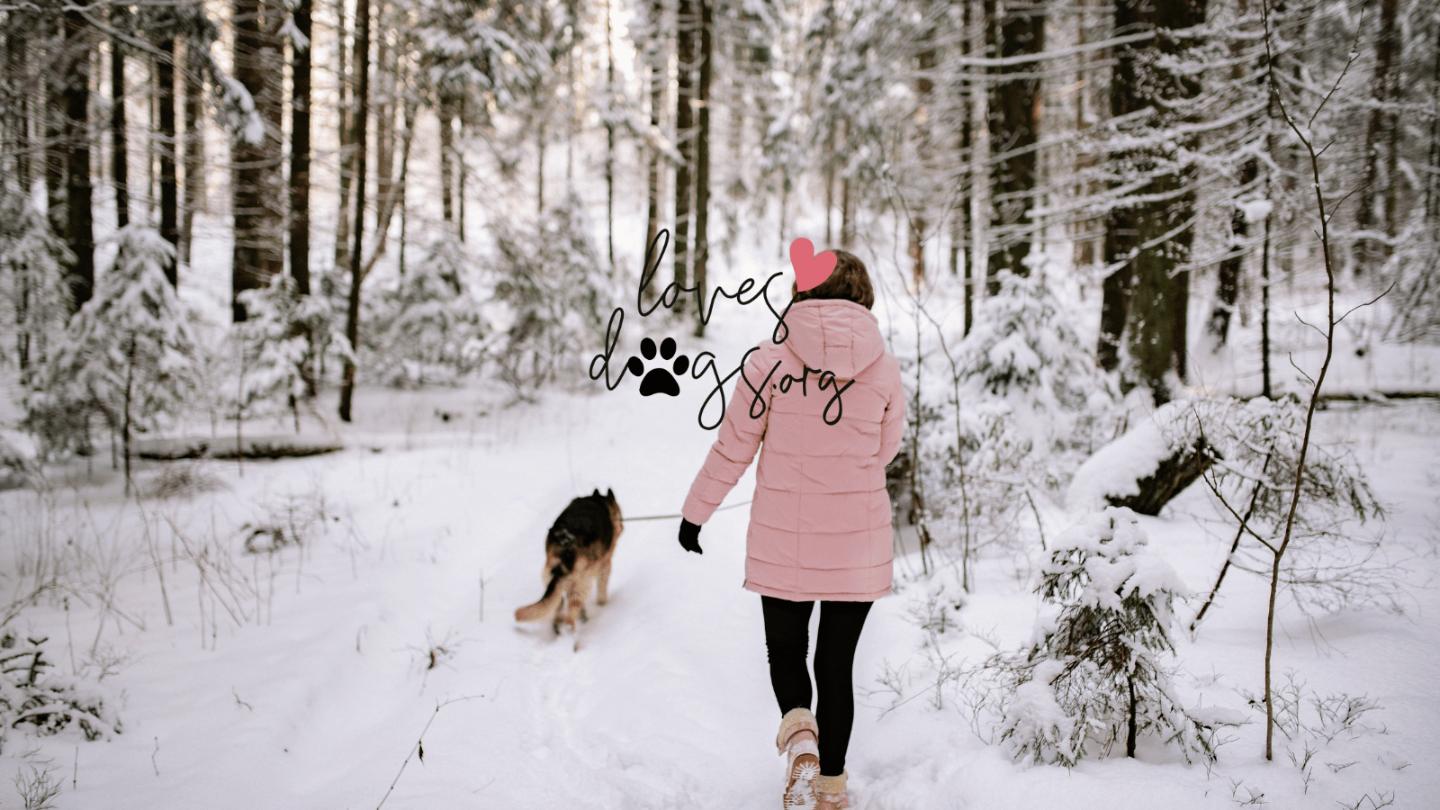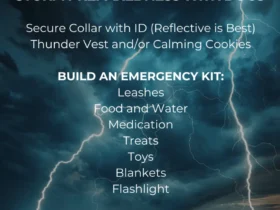
As temperatures plummet during a polar vortex or cold snap, outdoor dogs face life-threatening conditions. At Loves Dogs, we firmly believe that the best place for any dog during extreme weather is inside a warm, safe home. However, if bringing your dog indoors is truly not an option, there are actionable steps you can take to protect your beloved pets from the dangers of cold weather.
Here’s what you need to do to ensure your outdoor dog stays warm, sheltered, and safe:
1. Create an Insulated Shelter
Outdoor dogs need a sturdy, insulated shelter to protect them from biting winds, snow, and freezing temperatures.
- Choose the right size: The shelter should be just big enough for your dog to stand up, turn around, and lie down comfortably. A smaller space retains body heat better.
- Insulate the shelter: Line the walls and floor with materials like foam board, old blankets, or straw. Avoid using hay, as it can grow moldy and harmful.
- Elevate the shelter: Place the shelter on bricks or wooden pallets to keep it off the cold, wet ground.
2. Block the Wind and Weather
Cold wind and snow can make conditions unbearable, even inside a shelter.
- Use a door flap: Attach a heavy-duty plastic or waterproof fabric over the shelter’s entrance to block drafts.
- Position strategically: Place the shelter in a location protected from wind, such as against a wall, fence, or under an awning.
3. Provide Warm, Dry Bedding
Avoid bare floors, as they sap body heat. Dogs need a dry, insulating surface to sleep on.
- Use straw or cedar shavings: These materials are better than blankets, which can freeze if they get wet.
- Check daily: Replace bedding frequently to ensure it stays clean and dry.
4. Keep Water From Freezing
Hydration is critical for dogs in the winter, but water can freeze quickly in cold weather.
- Use heated bowls: These are specially designed to prevent freezing.
- Check often: Refill water multiple times a day and remove ice as needed.
- Avoid metal bowls: Dogs’ tongues can stick to freezing metal.
5. Increase Caloric Intake
Dogs burn more calories in cold weather to maintain body heat.
- Feed high-quality food: Opt for a diet rich in protein and fat to give your dog extra energy.
- Provide additional meals: Offer slightly larger portions or an extra meal during cold snaps.
6. Protect Paws and Fur
Exposure to ice, snow, and salt can damage your dog’s paws and coat.
- Trim paw fur: This helps reduce ice and snow accumulation between toes.
- Use pet-safe paw balm: Apply a protective balm to prevent cracking and irritation.
- Dry your dog: After they come inside the shelter, wipe their paws and coat to remove snow, ice, and salt.
7. Check on Your Dog Frequently
Extreme cold can take a toll quickly. Regularly monitor your dog’s condition for signs of hypothermia or frostbite.
- Symptoms of hypothermia: Shivering, lethargy, and weakness.
- Symptoms of frostbite: Discolored or pale skin on ears, tail, or paws.
If you notice any of these signs, seek veterinary care immediately.
8. Emergency Measures if Conditions Worsen
If the cold becomes too severe, reconsider your dog’s living situation. Look for temporary solutions, such as:
- Bring your dog into a garage, basement, or laundry room: Even minimally heated spaces are safer than being outdoors.
- Contact a rescue organization: At Loves Dogs, we can help connect you with resources or temporary shelter options.
Advocating for Better Care
At Loves Dogs, we understand that circumstances vary, but every dog deserves warmth and safety. While these steps can help outdoor dogs survive a cold snap, bringing them inside is always the safest choice. Together, we can work toward a world where no dog has to face the cold alone.
For more tips or assistance, reach out to Loves Dogs. Your care and compassion make a difference in your dog’s life every day.
Stay safe and warm, and thank you for loving your dogs!







Find Loves Dogs on Social